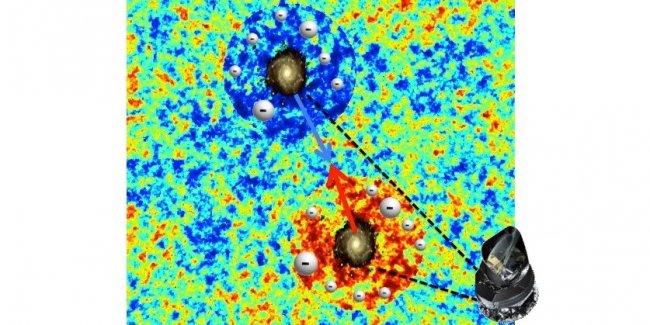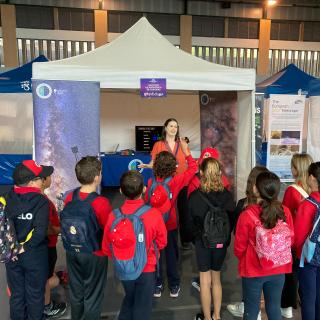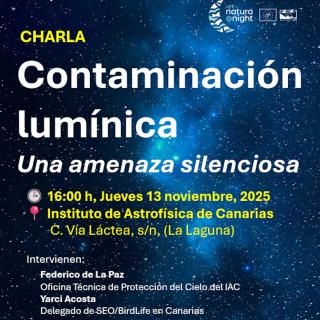An International team of scientists, which includes Ricardo Génova Santos of the Institute of Astrophysics of the Canaries (IAC), has identified in the data from ESA’s Planck satellite a signal which represents half of the missing baryonic matter in the “Local Universe”, the set of galaxies close to the Milky Way.
Using a variety of different observations, scientists had reached the conclusion that the normal (“baryonic”) matter formed in the early universe must make up 4% of the total matter in the universe, and the other 96% is composed of “dark matter” (some 20%) and “dark energy” (some 76%). These latter two entities are among the biggest mysteries of current cosmology, because the scientists do not know what they are.
Until now, although the baryonic matter had been detected out to great distances from us, around one half of it had not been identified (this is 2% of the total, if we include the dark matter and dark energy). It should be identifiable in our local surroundings, in our galaxy and other nearby galaxies, individuals as well as in groups and clusters. The theoretical models indicated that it should be found in the form of gas in the intergalactic medium, with ranges of temperature and pressure which make it very hard to detect by conventional techniques (including observations in the visible, or by X-rays).
However, in this study evidence for the existence of this elusive baryonic matter have been found using data from the Planck satellite in the directions of very luminous red galaxies previously detected and catalogued in the Sloan Digital Sky Survey, in the visible. These results are based on the interpretation of measurements presented in a previous article from the Planck collaboration about the Sunyaev-Zel’dovich effect, which is the result of the interaction between a gas of hot electrons and the Cosmic Microwave Background radiation, (the relic of the Big Bang, which fills the universe). The estimate of the amount of matter detected in this research is compatible with it being about half the baryonic component so far detected in the local universe.
This work, led by Carlos Hernández Monteagudo, of the Centre for Studies of the Physics of the Cosmos, in Aragon (CEFCA) and carried out in collaboration with the IAC and the Institute of Physics of Cantabria (IFCA) as well as with researchers from the United Kingdom, Germany, and France, was recently published in the journal Physical Review Letters.
Reference: Evidence of the Missing Baryons from the Kinematic Sunyaev-Zeldovich Effect in Planck Data. Physical Review Letters.
Authors: C. Hernández-Monteagudo, Yin-Zhe Ma, F. S. Kitaura, W. Wang, R. Génova-Santos, J. Macías-Pérez, and D. Herranz
DOI: http://dx.doi.org/10.1103/PhysRevLett.115.191301



